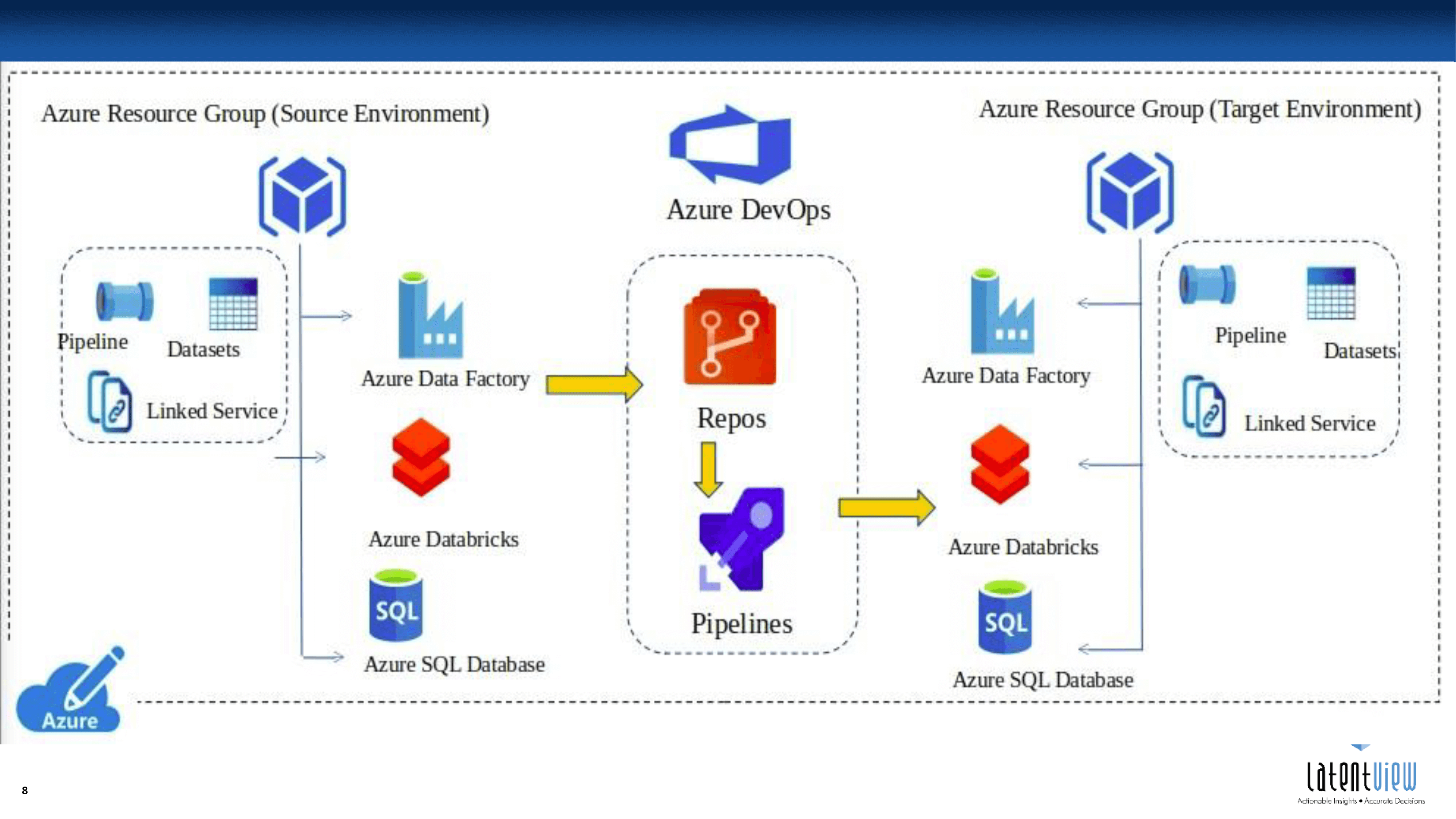Streamlining Development with CI/CD and DevOps: On-Premises vs. Cloud
 melam chaitanya kumar
melam chaitanya kumar
DevOps methodologies are all about streamlining the software development lifecycle and improving the speed and quality of software releases. One key aspect of DevOps is implementing continuous integration and continuous delivery (CI/CD) pipelines, which automate the process of building, testing, and deploying code changes. In this blog, we'll explore how CI/CD works in both on-premises and cloud environments, as well as the pros and cons of each approach.
On-Premises CI/CD: On-premises CI/CD pipelines are typically hosted on internal servers within an organization's data center. The advantage of this approach is that it provides complete control over the infrastructure and enables tight integration with other internal systems. However, setting up and maintaining the necessary hardware and software can be costly and time-consuming, and scaling the pipeline can be challenging.
Cloud CI/CD: Cloud-based CI/CD pipelines use services provided by cloud providers such as AWS, Azure, and Google Cloud. The advantage of this approach is that it eliminates the need for hardware and software setup, and allows for easy scaling and integration with other cloud services. However, the organization must rely on the cloud provider's security and compliance measures, which can be a concern for some organizations.
Building an Application with CI/CD: To build an application using CI/CD, you'll need to follow a well-defined software development lifecycle (SDLC) process that incorporates continuous integration, testing, and deployment. Here are the key steps:
Plan: Define the requirements, scope, and timeline of the project.
Code: Develop the application code, following coding best practices and standards.
Build: Use a build tool such as Maven or Gradle to compile the code into an executable format.
Test: Use automated testing frameworks such as JUnit, Selenium, or Cucumber to test the application's functionality, performance, and security.
Deploy: Use a deployment tool such as Ansible, Puppet, or Chef to automate the deployment of the application code to the target environment.
By incorporating CI/CD into your SDLC process, you can reduce the time and effort required for testing and deployment, and improve the overall quality and reliability of your software releases.
In conclusion, implementing CI/CD pipelines is a crucial part of DevOps methodologies, and there are both on-premises and cloud-based approaches to consider. Regardless of the approach, following a well-defined SDLC process that incorporates continuous integration, testing, and deployment is key to building high-quality, reliable applications.
Subscribe to my newsletter
Read articles from melam chaitanya kumar directly inside your inbox. Subscribe to the newsletter, and don't miss out.
Written by

melam chaitanya kumar
melam chaitanya kumar
DevOps Engineer with expertise in linux ,CICD ,Azure Devops, AWS, Docker, Kubernetes, and a passion for automating infrastructure(Bash/Python/ansible) and delivery pipelines.